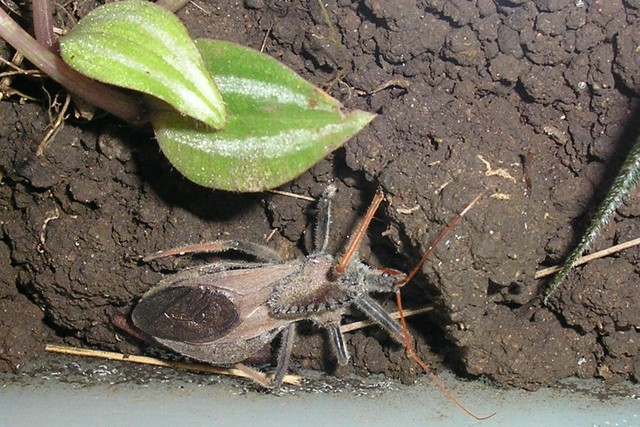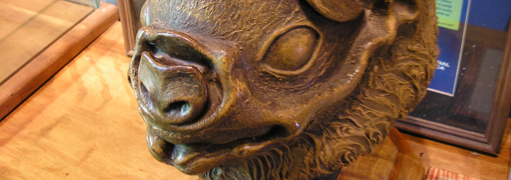We all know how fictional vampires attack their helpless prey, thanks to the deluge of vampires as depicted by such writers as Stephenie Meyer, Anne Rice, Stephen King and countless others. From “True Blood” to Twilight , vampires have never been hotter—nor more popular. Modern ideas of what vampires are, what they do and how they look can be traced back to Irish writer Bram Stoker, author of Dracula (1897).Stoker is said to have modeled some aspects of his title character off Vlad the Impaler (1431-1476), the Romanian prince who fought for his country’s independence against the Ottoman Empire. Though his methods were brutal by modern standards (he is said to have impaled his enemies on stakes) they were not particularly barbaric for the time, nor were they vampiric (he didn’t drink blood).Fictional vampires are usually depicted with permanent or retractable sharp canine teeth to pierce their victims’ veins and draw precious lifeblood. In books and in movies it seems easy, but sucking blood is not straightforward for real vampires. In zoology, animals that suck blood are referred to as “hematophagous.” Most of the world’s bloodsucking animals are insects, such as bedbugs, mosquitoes, sand flies, fleas, ticks and assassin bugs. (The assassin bug can transmit a nasty infection called Chagas Disease, which can kill a person decades after being bitten; see Fig. 1). There are also several water-dwelling vampires. Regardless of where they live, the animals have developed specialized mouth structures to drain blood from their prey. Leeches, for example, have strong suckers that allow them to attach to other animals. Mosquitoes have tiny, sharp proboscises that create a puncture wound from which to draw blood. The best-known vampiric animal is the vampire bat ( Desmodus rotundus ), which does not actually suck blood but instead bites its victim with sharp teeth and laps the blood as it oozes out of the wound. Special enzymes in the bat’s saliva keep the blood flowing freely and render the wound painless. Their teeth also lack enamel and self-sharpen every time the bat takes a bite. Some animals have hollow (or grooved) teeth or tooth-like appendages, for example, venomous snakes and spiders. But those specialized dental adaptations are used to inject fluids, not suck them out. I interviewed Page Van Meter, a New York City zoologist, and asked about the possibility that blood could be sucked through hollow canine teeth. “Many reptiles have grooved teeth that act as a delivery system for poison,” she told me. “But none of these animals ‘suck blood.’ ” Van Meter says fictional vamp biology bothers her. “Once sucked through the tooth, where would the blood go then? It’s a silly design.”Drinking blood is one thing, but digesting it as a food source is another matter. Because blood is so rich in iron—and because the body has difficulty excreting excess iron—any animal that consumes blood regularly runs a risk of overdose. True vampires have adapted specialized digestive mechanisms to deal with iron toxicity. Leeches, for example, store consumed blood in their bodies for later digestion. This requires the leeches’ bodies to secrete specialized enzymes, as well as antibiotics, to keep the blood free of disease-carrying bacteria. Katherine Ramsland, in her 2002 book The Science of Vampires, notes that a bat ingests more iron than it needs, so its body discards the excess. The digestive system extracts the nutrients, but a mucus membrane lining the intestinal tract prevents too much iron from being absorbed. They don’t wear capes, but watch out for real, biologically astounding monsters this Halloween. They vaaant to suck your blooood.
The opinions expressed are solely those of the author.Benjamin Radford has investigated mysterious and unexplained phenomena for more than a decade. He is a columnist for LiveScience.com and Discovery News, and managing editor of Skeptical Inquirer science magazine. His new book, Scientific Paranormal Investigation: How to Solve Unexplained Mysteries , is available at better Albuquerque bookstores.








